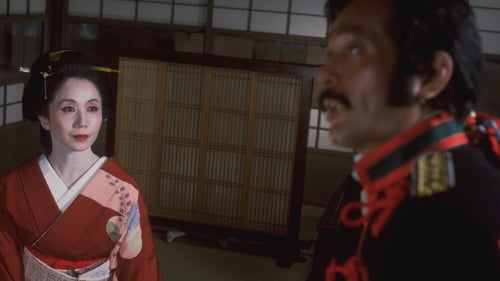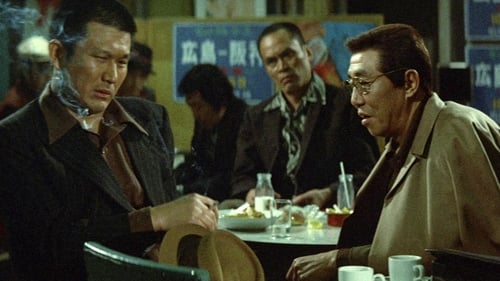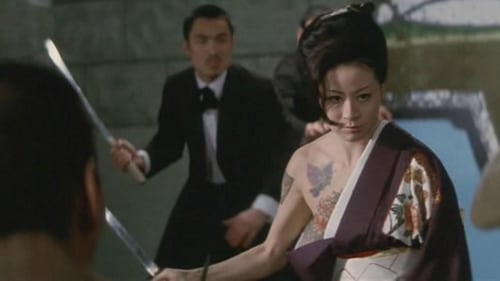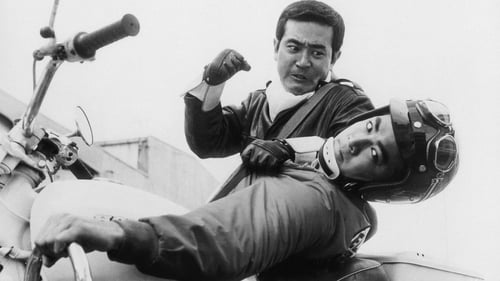
Set in the icy wilderness of Hokkaido during the early days of the Meiji era, where the brutal warden of Kabato Prison terrorizes convicts sentenced to forced labor to build the roads needed to open up the territory.

An unusual blending of elements comes together in this crime story drawn from Japanese history. During the early Meiji period a number of “Dokufu” (Poison Women) committed a significant number of murders. These crimes were most often committed by wives on their husbands in order to be together with their lovers. At that time women were executed in the same manner as men, to wit: by being decapitated. This is the story of the most notorious of all, Takahashi Oden who, in 1879, was the last woman executed by decapitation in Japan.

Miyazaki
A police investigator cracks down on yakuza business, but once he realizes the police are in negotiations with certain factions, he sides with his own syndicate of choice.

Esta película trata de cómo Morihei Ueshiba desarrolló el aikido aprendiendo diferentes artes marciales, y de algunas de las cosas que le fueron sucediendo a lo largo de su vida para llegar a crear este arte marcial.

Cuarta entrega de la saga "The Yakuza Papers" de Kinji Fukasaku. En esta ocasión los grupos yakuza se verán cercados por la policía y la prensa, debido a las protestas sociales de ciudadanos de a pie en contra de los altos niveles de violencia callejera que se vivían en ciertas ciudades japonesas durante la década de los 60.

Oota
Ochô, una muchacha de la era Meiji, presencia el asesinato de su padre, y años después lleva a cabo su venganza, teniendo tres cartas ensangrentadas como única pista para encontrar a los culpables. Ese mismo año se rodó la secuela, "Female Yakuza Tale".

The rich punk Junya has only one thing in mind: to race with the police on his motorcycle. That makes him unpopular, not only with the police, even with his Bosozoku buddies, who slowly but surely distance themselves from him. Junya falls in love with the equally speed-hungry Hiroko.





